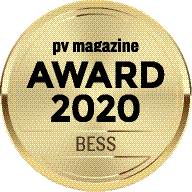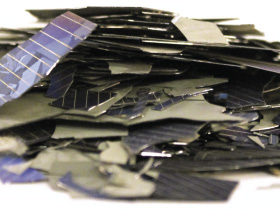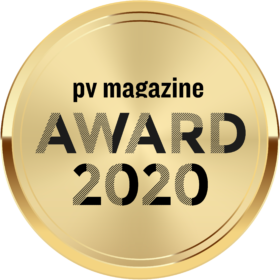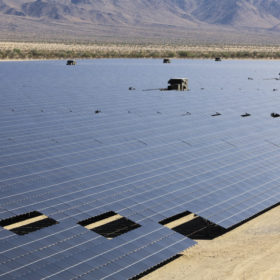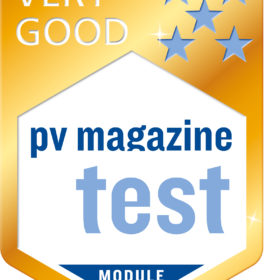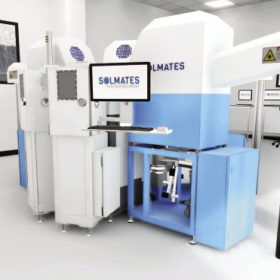pv magazine Award
Each year, pv magazine highlights the new technologies and innovations across the solar PV industry.
Waste not, want not
In the fourth quarter, pv magazine’s UP initiative is turning its attention to the topic of PV module recycling. With huge projected volumes of waste edging ever nearer, the topic is gathering speed on a global level. But how can the tension between economic viability and equipment lifetimes of up to 30 years and beyond be addressed? And what is happening in the field of recycling technology? Will it ever be possible to extract the most valuable materials from today’s PV modules?
Pioneering perovskite PV
At last month’s virtual EU PVSEC conference, Henry Snaith – a professor of physics at Oxford University – won the Becquerel Prize for his pioneering work on perovskite solar cells. As chief scientific officer at Oxford PV, Snaith is involved in planning the commercial launch of a perovskite-on-silicon tandem module for the middle of next year. pv magazine recently caught up with Snaith to discuss his prize-winning work and the current state-of-the-art in perovskite PV and tandem cells.
pv magazine Award: Last call
The final entries for this year’s pv magazine Award are in, and expert juries in each category are beginning their deliberations to decide on the winners, which will be announced in January. In the meantime, the following pages offer some highlights from the entries received, and a look at the emerging trends across PV technology. On the modules side, we see the move to larger formats getting into full swing, while newer technologies wait in the wings. Balance-of-systems suppliers, meanwhile, have focused their software offerings this year to place ever more granular data in the hands of plant operators, offering new ways to control and optimize energy output.
Aware but unprepared
The solar industry cannot claim to be a clean energy source if it leaves a trail of hazardous waste. But, in the absence of a cogent PV recycling policy, the United States risks sending millions of solar modules and tons of toxics to landfill in the coming years. A new initiative by Recycle PV Solar seeks to address this problem.
Ethical strategies for cobalt supply
Since 2016, Amnesty International has denounced cobalt mining in the Democratic Republic of Congo for human rights violations and the use of child labor. This has led LG Chem and other companies to insist on standards for battery cell suppliers, as a step toward improving the situation.
New markets for old batteries
The increased urgency for the automotive industry to deal with the disposal of EV batteries in the mid-term future will act as a catalyst for the emerging second-life battery market, writes Abhishek Sampat, Principal Analyst at Delta-EE. Automakers, and potentially third parties, are expected to exploit new value streams and a second-life market is predicted to drive down costs for stationary energy storage, with little to no compromise in quality to the end user.
pv magazine test 2019 summary
The outdoor stage of pv magazine test is designed to compare the outdoor performance of different suppliers’ products, analyze performance in different environments and conditions, and observe how different PV technologies perform in the real world. Here we summarize the major activities and test results from 2019, with key findings and analysis of the annual results provided by Chi Zhang, technology and quality engineer at CEA.
Understanding LeTID
Light- and elevated temperature-induced degradation (LeTID) of PV cells can have far-reaching impacts on the efficiency of modules. Alison Ciesla and Brett Hallam of the University of New South Wales argue that accelerated testing, such as that included in the forthcoming IEC standards, is critical for LeTID identification and quantification in order to manage these impacts.
TCO for passivated contacts
Transparent conductive oxide layers are commonly used in some forms of thin-film PV manufacturing, and in flat panel production. A new project, funded by Solar-Era.Net, is investigating its use in passivated contact crystalline silicon solar cell production. Lennart de Vreede and Thomas Aukes Solmates, a pulsed laser deposition equipment developer located in the Netherlands, outline the project.
